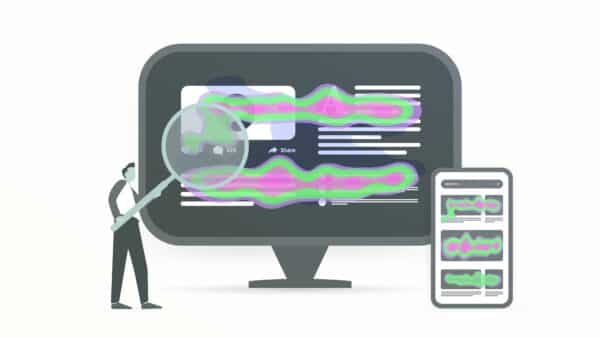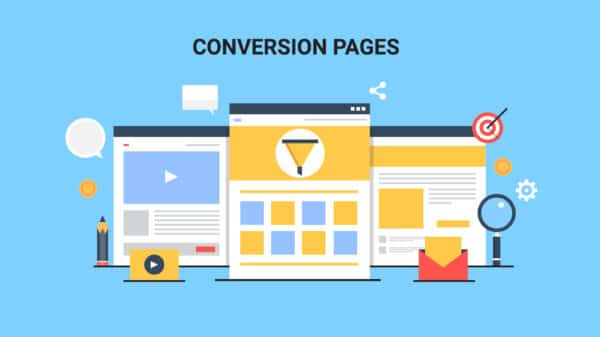Pay-per-click (PPC) advertising is a valuable tool for businesses to drive traffic and generate leads. However, having an effective PPC ad copy is critical to the success of a PPC campaign. Ad copy is the text that appears on a PPC ad, and it is often the first interaction that a potential customer has with a business. Therefore, understanding the psychology of ad copy is important for businesses to create effective ads that drive conversions.
The purpose of this article is to explore the psychology of ad copy and provide practical tips on how to create effective ads that resonate with your target audience. We will discuss emotional triggers, persuasive language, and cognitive biases, and how they can be used to create more effective ad copy.
Emotional Triggers in Ad Copy
Emotions play a significant role in how people make decisions, including purchasing decisions. Therefore, understanding the emotional needs of your target audience can help you create ad copy that resonates with them. Here are some practical tips on how to use emotional triggers in ad copy:
- Identify the emotional needs of your target audience: Understand what motivates your target audience and what emotional needs they have. For example, if you are selling weight loss supplements, your audience may be looking for a solution to their weight problems and may be feeling frustrated or insecure about their appearance.
- Use emotional language to create a connection: Once you have identified the emotional needs of your audience, use emotional language in your ad copy to create a connection. Use words that evoke emotions, such as “frustrated,” “insecure,” or “hopeless.” This will help your audience relate to your ad and feel understood.
- Avoid common mistakes: When using emotional triggers, it is essential to avoid common mistakes such as being too pushy or using misleading claims. Your ad copy should be authentic and focused on the benefits that your product or service provides.
Persuasive Language in Ad Copy
Persuasion is the art of convincing people to take action, and it is a critical element of ad copy. Here are some tips on how to use persuasive language in your ad copy:
- Understand the principles of persuasion: Persuasion is based on several principles, including scarcity, authority, and social proof. Understanding these principles can help you create more persuasive ad copy.
- Create a sense of urgency: Creating a sense of urgency can be an effective way to persuade your audience to take action. Use language that conveys urgency, such as “limited time offer” or “act now.”
- Use social proof: Social proof is the idea that people are more likely to take action when they see others doing the same thing. Use social proof in your ad copy by including testimonials, ratings, or reviews from satisfied customers.
Cognitive Biases in Ad Copy
Cognitive biases are mental shortcuts that people use when making decisions. Understanding how cognitive biases affect decision-making can help you create more effective ad copy. Here are some tips on how to use cognitive biases in your ad copy:
- Create a sense of familiarity: People are more likely to trust and engage with things that are familiar to them. Use language that creates a sense of familiarity, such as “join the thousands of satisfied customers” or “trusted by leading brands.”
- Use anchoring: Anchoring is the idea that people rely too heavily on the first piece of information they receive when making decisions. Use anchoring in your ad copy by emphasizing the value of your product or service compared to your competitors.
- Avoid common mistakes: When using cognitive biases, it is important to avoid common mistakes such as using false scarcity or making unrealistic claims. Your ad copy should be authentic and based on the actual benefits that your product or service provides.
Conclusion
Understanding the psychology of ad copy is essential for creating effective ads that resonate with your target audience. By using emotional triggers, persuasive language, and cognitive biases, you can create ads that not only capture the attention of your target audience but also convince them to take action.












